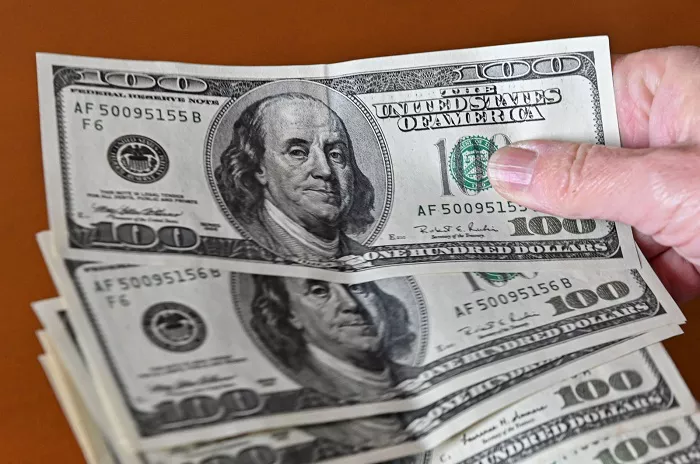The U.S. dollar strengthened slightly on Monday as investors sought safety amid rising tensions in the Middle East. However, the market response remained cautious, with traders waiting to see how Iran would react to recent U.S. attacks on its nuclear sites.
The biggest market shifts were seen in oil prices, which climbed to a five-month high, while global stocks fell following the weekend’s U.S. strikes.
In currency markets, the dollar gained against most major currencies. It rose 0.25% against the Japanese yen to 146.415, reaching a one-month high earlier in the session. The euro fell 0.33% to $1.1484, and the Australian dollar, often considered a risk-sensitive currency, dropped 0.2% to $0.6437, near a three-week low.
The dollar index, which tracks the U.S. dollar against six other currencies, increased 0.12% to 99.037. Sterling fell 0.25% to $1.34175, and the New Zealand dollar declined 0.24% to $0.5952.
Carol Kong, a currency strategist at Commonwealth Bank of Australia, said markets are in a wait-and-see mode, closely watching Iran’s next moves. She noted that concerns about the inflationary impact of the conflict are stronger than worries about its economic effects.
“The currency markets will depend heavily on statements and actions from Iran, Israel, and the U.S.,” Kong said. “The risks favor further gains in safe-haven currencies if the conflict escalates.”
Iran promised to defend itself after the U.S. dropped 30,000-pound bunker-buster bombs near Iran’s Fordow nuclear site. U.S. leaders called on Tehran to de-escalate, while anti-war protests took place in several American cities.
In a significant move, Iran’s parliament approved plans to close the Strait of Hormuz, a critical waterway through which nearly 25% of the world’s oil shipments pass. The strait borders Iran, Oman, and the United Arab Emirates.
“Markets seem to view the U.S. strikes as a limited event rather than the start of a wider war,” said Charu Chanana, chief investment strategist at Saxo. “The modest demand for safe-haven assets suggests investors believe this is a one-time escalation, not a long-term disruption to oil supply or trade.”
While the dollar’s role as a safe haven has been reinforced by the rising geopolitical tensions, the muted market reaction shows investors remain cautious about fully committing to the greenback.
The U.S. dollar has fallen 8.6% this year against major currencies. Uncertainty around President Donald Trump’s tariffs and their effects on U.S. growth has led investors to seek alternative currencies.


